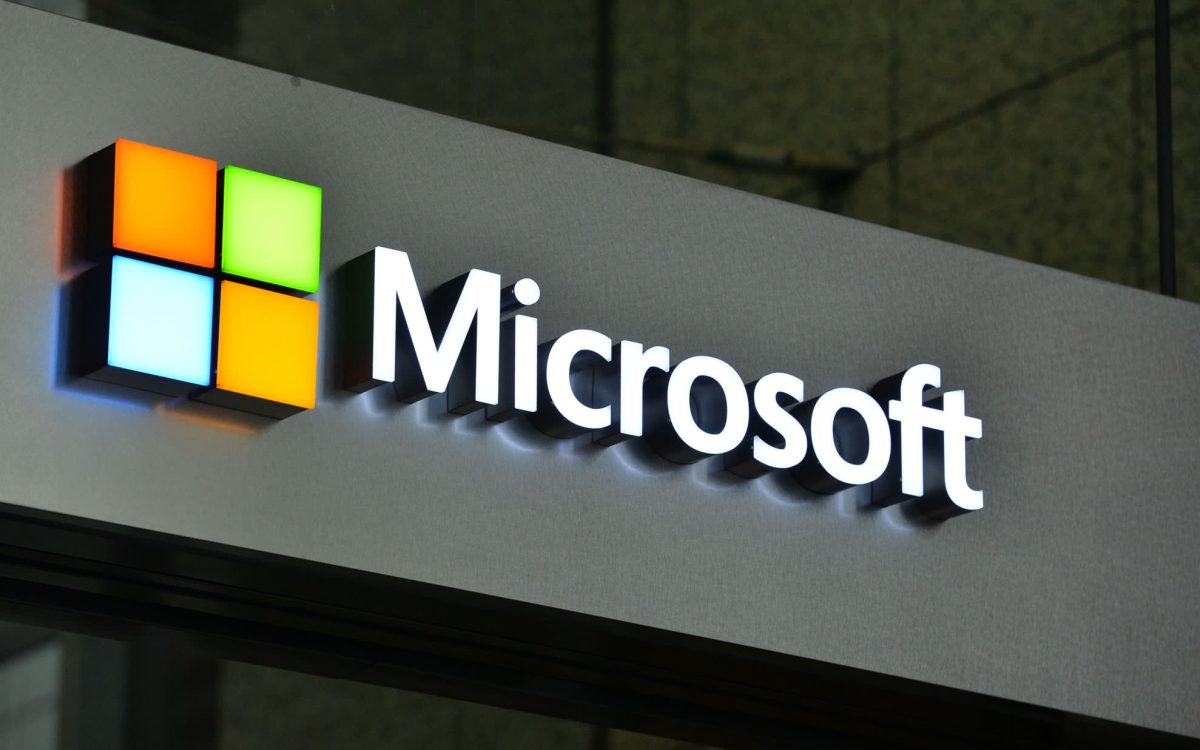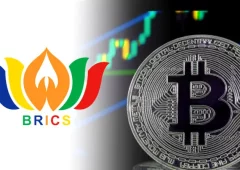Microsoft-OpenAI: A Complex Mix of Rivalry and Partnership
04.08.2024 12:00 2 min. read Alexander Stefanov
In a recent SEC filing, Microsoft has depicted its relationship with OpenAI as a mix of both competition and partnership.
The Form 10-K report, submitted in July, frequently refers to OpenAI as both a competitor and a “strategic partner,” highlighting the complex nature of their connection.
Despite listing numerous competitors such as Apple and Nintendo, Microsoft identifies OpenAI as its only strategic partner. This detail stands out, especially considering the document’s 72 mentions of “partner” and its variants, with no other partners named specifically.
This partnership-competition dynamic is significant given the ongoing antitrust investigations in the UK, US, and EU concerning Microsoft and OpenAI. These probes are examining potential anti-competitive practices in the AI sector.
The relationship between the two companies has evolved significantly. Microsoft invested $1 billion in OpenAI in 2019, becoming its exclusive cloud provider and later, with the launch of ChatGPT, invested another $10 billion. This investment allowed Microsoft early access to GPT-4 for its “Copilot” and “Bing” services.
In 2023, OpenAI underwent leadership changes with CEO Sam Altman being briefly ousted. During this upheaval, Microsoft offered positions to Altman and other OpenAI employees. Altman eventually returned as CEO, and Microsoft’s observer seat on OpenAI’s board was later relinquished in July 2024.
These developments come amid increased regulatory scrutiny, with antitrust investigations heating up in both Europe and the US. While such probes are common in the tech industry, Microsoft’s portrayal of its relationship with OpenAI as a blend of rivalry and partnership is particularly noteworthy.
-
1
BlackRock Reports Strong Q1 as Digital Assets Gain Ground Amid Broader ETF Growth
12.04.2025 8:00 2 min. read -
2
OKX Re-Enters U.S. Market After $500M Legal Settlement
17.04.2025 20:00 2 min. read -
3
Hidden Road Secures U.S. Broker-Dealer License Following Ripple Acquisition
18.04.2025 14:00 2 min. read -
4
Changpeng Zhao Denies Wild Federal Reserve Allegations, Emphasizes Past Prison Time
16.04.2025 9:00 2 min. read -
5
JUST IN: Asia’s First XRP Tracker Fund Debuts with Ripple Backing
18.04.2025 12:38 2 min. read
A New Bitcoin Giant? Trump Insider Prepares $300M Public Crypto Firm
David Bailey, known for his close ties to Donald Trump on crypto policy, is preparing to launch a major Bitcoin investment vehicle named Nakamoto, backed by $300 million in funding.
Whale Gambles Big on Trump Dinner – and Loses Millions
A cryptocurrency trader reportedly lost $2.8 million in an hour after purchasing 1.39 million TRUMP tokens, aiming to secure a spot at an exclusive gala dinner with President Donald Trump.
Binance Founder Calls U.S. Prison ‘Terrifying,’ Shares Life Lessons
Binance founder Changpeng Zhao has broken his silence about his time behind bars, describing the four months he spent in a U.S. prison as one of the most unsettling and eye-opening periods of his life. Speaking in a recent interview with Rug Radio, Zhao recounted the emotional and psychological toll of incarceration. Lacking U.S. citizenship […]
eToro Targets $4B Valuation With Planned Nasdaq Debut
Israeli trading platform eToro is preparing to go public in the U.S., aiming for a valuation of up to $4 billion as it moves to list shares on the Nasdaq under the ticker “ETOR.”
-
1
BlackRock Reports Strong Q1 as Digital Assets Gain Ground Amid Broader ETF Growth
12.04.2025 8:00 2 min. read -
2
OKX Re-Enters U.S. Market After $500M Legal Settlement
17.04.2025 20:00 2 min. read -
3
Hidden Road Secures U.S. Broker-Dealer License Following Ripple Acquisition
18.04.2025 14:00 2 min. read -
4
Changpeng Zhao Denies Wild Federal Reserve Allegations, Emphasizes Past Prison Time
16.04.2025 9:00 2 min. read -
5
JUST IN: Asia’s First XRP Tracker Fund Debuts with Ripple Backing
18.04.2025 12:38 2 min. read

